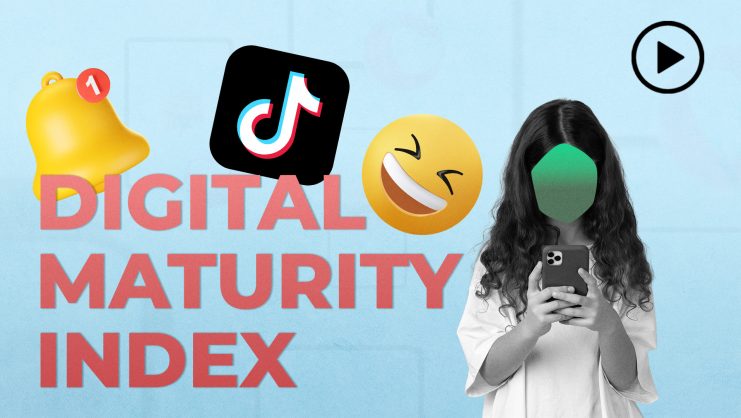How do managers decide what goals to set? Common practices involve a wide variety of goals, so there is no single clear answer. Whereas some firms set the goal of maintaining their sales level, others prefer to set the goal of increasing sales by a small amount, while others increase the target by a larger amount. Some banks provide benefits to customers who maintain their account balance, whereas others reward customers for increasing it. And some sports trainers emphasize the importance of maintaining an exercising routine, while others encourage their athletes to use a step-by-step improvement approach.
What types of goals are most effective under different circumstances? Our recently published research1 provides some answers to this question. We found that the behavior of workers and consumers is heavily influenced by the type of goals they pursue. Specifically, setting a goal to improve makes the size of this improvement the dominant thought in the person’s mind. However, setting a goal to maintain a state operates quite differently, since maintenance lacks any improvement that the brain can assess. The brain therefore proceeds to more closely assess the environment in which the goal is to be pursued. This environmental assessment involves a negativity bias: things that could go wrong are considered more than things that could go right. Interestingly, when individuals have information about both types of goals, the aforementioned biases are attenuated.
But what are the practical implications of these findings? Here is a four-point checklist that may be useful.
The behavior of workers and consumers is heavily influenced by the type of goals they pursue.
1. When you want people to adopt a goal, go for “modest improvement”
Just convincing people to pursue an externally set goal can sometimes be hard. In these cases, setting a modest improvement goal may help: The brain assesses the size of the improvement and realizes that it is small. This signals that the goal is easy, and thus success can come with little effort! Who wouldn’t want to accept such a goal?
2. When you want people to try hard for a goal, avoid “modest improvement”
Once people have been convinced to pursue a goal, the next question is how hard they will try to achieve it. The flipside of the previous point is that when people think they can succeed with little effort, they may not try hard. And, obviously, not trying hard can result in lower performance. So when the objective is to make people try hard, asking them for modest improvements may be suboptimal.
When people think they can succeed with little effort, they may not try hard. And, obviously, not trying hard can result in lower performance.
3. When things get tough, use maintenance goals carefully
When circumstances are unfavorable to goal achievement, it makes intuitive sense to ask people to just maintain rather than improve their level. For example, when the economic environment is inhospitable, managers may be tempted to set the goal of maintaining (rather than increasing) sales. Similarly, dietitians may ask their customers to try to maintain (rather than lose) weight during the Christmas season, which is typically associated with excessive eating. However, our findings show that these goals will turn the brain’s attention to the very same negative circumstances that initiated the goal: salespeople will despair about how hard sales are during this period, and dieters’ heads will fill with all the temptations that can make them break their diet. When this happens, the maintenance goal—which was chosen because it was easier—will ironically start looking difficult because everything that could go wrong will suddenly dominate the pursuer’s head.
4. To be on the safe side, present information about alternative possible goals
Finally, our research points to an easy solution to overcome these problems: Give people information about different possible goals. For instance, presenting a maintenance goal together with a small improvement goal will make people realize that the latter may not be as easy as it seems—and thus they may try harder. Similarly, presenting both types of goals together can reduce the negativity bias that may be triggered for maintenance goals.
To summarize, setting goals is good practice. It is beneficial for both companies and individuals in all sorts of personal and behavioral domains. But it can be even better when you set the right type of goals!
1 These results are described in the paper “Attainment versus maintenance goals: Perceived difficulty and impact on goal choice,” co-authored by Antonios Stamatogiannakis (IE Business School, IE University), Amitava Chattopadhyay (INSEAD), and Dipankar Chakravarti (Virginia Tech, Pamplin College of Business). This paper appears in the November 2018 issue of Organizational Behavior and Human Decision Processes. Link to the full paper: https://www.sciencedirect.com/science/article/pii/S074959781730434X.
© IE Insights.











